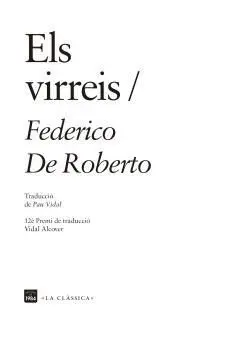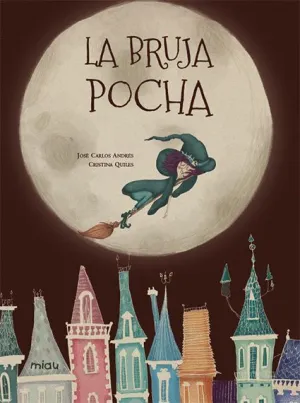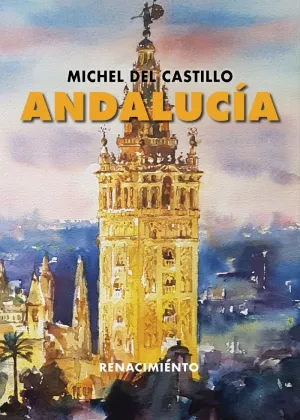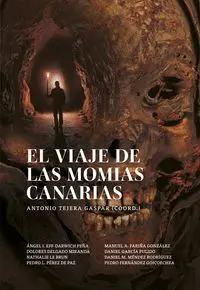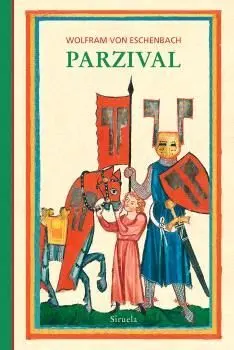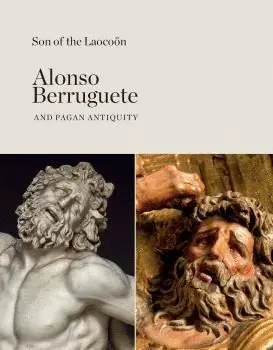
- Editorial:
- CENTRO ESTUDIOS EUROPA HISPANICA
- Año de edición:
- 2018
- ISBN:
- 978-84-15245-80-3
- Páginas:
- 224
- Encuadernación:
- Cartoné
SON OF THE LAOCOÖN: ALONSO BERRUGUETE AND PAGAN ANTIQUITY
MANUEL ARIAS MARTÍNEZ (DIR.)
Alonso Berruguete (c. 14891561), the first Spanish Renaissance sculptor, spent a fruitful stint in Italy, where he came into contact with Michelangelo, Raphael, and Bramante and was influenced by their enthusiasm for ancient ideals and their attitude to art. Sarcophaguses, ruins and statues fired his imagination, especially the Laocoön: its theatrical pathos, anatomical virtuosity, and bodies dancing in space left an indelible mark on his oeuvre. Upon his return to Castile he felt himself to be a Renaissance man, a newö artist willing to defy the old authorities and defend his ingenium. Drawing on this heritage, he produced works steeped in emotion and visual vehemence that reveal an obsessive preference for the sombre and nocturnalö brand of Renaissance art: Dionysian as opposed to Apollonian brand, characterised by tormented and exaggerated gestures, expressive frenzy and the terribilità suffered by Laocoöns sons.ö For Berruguetes pulsating modernity stems from his anticlassical classicism, the importance he attaches to freedom of rhythm and anguish, and an extreme subjectivity that combines the force of the ancient with the freshness of the modern. The first section of the catalogue examines contextual issues, such as the approach to Antiquity found in sixteenth-century Italian art; archaeological scholarship and the development of sculpture in the Rome Berruguete experienced; the collecting of antiquities in Renaissance Spain; and the state of knowledge of the classical world in 1500s Spain. The second section focuses on the mark left by Laocoön on Berruguetes sculpture, the influence of sarcophaguses in his representations of the Passion, his repertoire of gestures and expressive devices borrowed from Antiquity, and his aspect as an architect and status of modern creator whose idea of art is based on the primacy of drawing.

